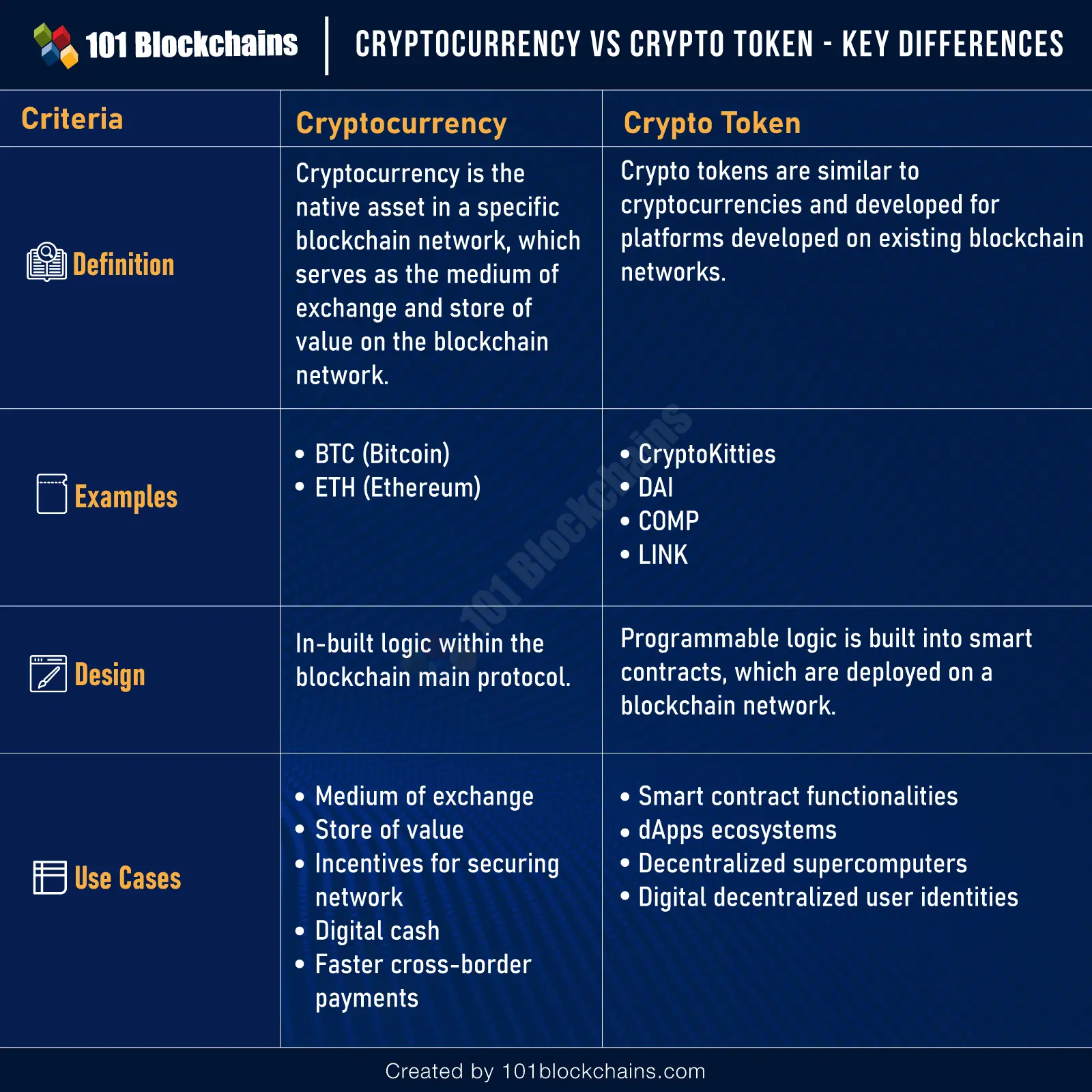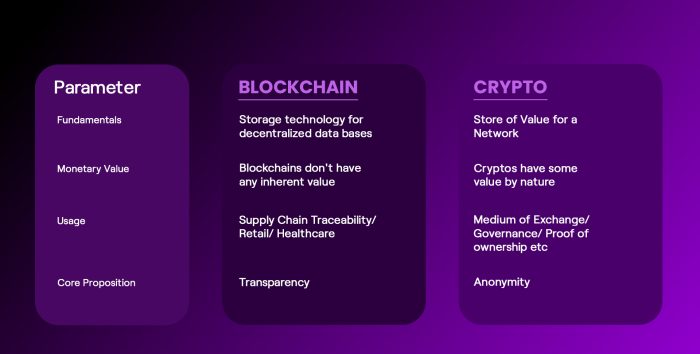Crypto vs. Conventional: Unraveling the Financial Frontier - A Tale of Two Markets
The global financial landscape is undergoing a profound transformation, with traditional and cryptocurrency markets standing as pillars of economic influence. This exploration will delve even further into the intricate nuances that differentiate these two financial realms, examining not only their structures and behaviors but also their broader impact on the world economy.
Introduction
In an era where financial markets are evolving at an unprecedented pace, comprehending the differences between traditional markets and the relatively nascent cryptocurrency markets becomes paramount. Both play pivotal roles in shaping economic destinies, yet their foundations and operational mechanisms exhibit stark contrasts.
Understanding Traditional Markets
Traditional markets, also known as conventional or legacy markets, encompass the well-established systems where various financial instruments, such as stocks, bonds, and commodities, are bought and sold. Governed by central authorities and regulated by governmental bodies, these markets exhibit well-defined structures with established players like banks, brokers, and regulatory agencies.
Emergence of Cryptocurrency Markets
In stark contrast, cryptocurrency markets represent a paradigm shift in the financial landscape. Built upon the principles of decentralization and powered by blockchain technology, these markets operate autonomously, free from centralized control. Bitcoin, Ethereum, and other cryptocurrencies have emerged as pioneers in this alternative investment space, gaining traction globally.
Comparative Analysis
Delving deeper into the comparative analysis reveals distinctions not only in market structure but also in terms of volatility and liquidity. Traditional markets adhere to specific trading hours, centralized in physical locations, while cryptocurrency markets operate 24/7, facilitating global participation and contributing to heightened market volatility.
Regulatory Environment
One of the most significant differentiators lies in the regulatory environment. Traditional markets are subject to stringent government regulations, ensuring investor protection and maintaining market integrity. In contrast, cryptocurrency markets navigate a complex regulatory landscape with varying degrees of acceptance and skepticism from governments worldwide, adding an additional layer of complexity and uncertainty.
Accessibility and Inclusivity
Traditional markets often present formidable entry barriers, limiting access to a select few with the requisite financial resources and institutional connections. Cryptocurrencies, with their decentralized nature, have the potential to democratize finance, providing opportunities for financial inclusion to a broader demographic that may have been excluded from traditional financial systems.
Market Participants
In traditional markets, institutional players wield considerable influence, shaping market trends and directions. The advent of cryptocurrency has disrupted this dynamic, ushering in the rise of retail investors who contribute significantly to the decentralized nature of crypto markets.
Market Behavior and Influencing Factors
While economic indicators like GDP, interest rates, and inflation significantly impact traditional markets, cryptocurrency markets exhibit sensitivity to additional factors such as technological advancements, regulatory developments, and trends in social media. The intertwining of finance and technology creates a unique ecosystem with influences beyond traditional economic indicators.
Future Trends and Adaptation
The evolution of traditional markets involves embracing technological advancements and adapting to changing global dynamics. Simultaneously, the crypto space continues to witness innovations, with ongoing developments shaping the future of finance. The coexistence of these two worlds is an intriguing aspect, with potential synergies yet to be fully realized.
Pros and Cons
Traditional markets offer stability, a long track record of performance, and a sense of familiarity. Cryptocurrencies, however, provide potential for high returns but come with increased volatility, regulatory uncertainties, and technological risks. The benefits and challenges of each must be carefully considered in the context of an investor's risk appetite and financial goals.
Practical Considerations for Investors
Diversification strategies become crucial as investors navigate both traditional and crypto markets. A balanced portfolio that incorporates assets from both realms can mitigate risks and optimize returns, leveraging the strengths of each market to create a resilient investment strategy.
Risk Management
Traditional markets have established risk management practices honed over decades. However, the nascent nature of cryptocurrency markets requires unique considerations. Investors must be vigilant, employing strategies that account for the higher volatility and evolving nature of the crypto space.
Real-world Examples
Examining historical events that have shaped traditional markets, such as the 2008 financial crisis, provides valuable insights into their resilience and adaptability. Similarly, the emergence of Bitcoin in 2009 marked a significant milestone for the crypto space, influencing global perceptions of decentralized finance and alternative currencies.
Integration and Coexistence
While discussions around the integration of traditional and crypto markets are ongoing, challenges abound. Regulatory hurdles, differing ideologies, and technological disparities must be addressed for seamless integration. However, the potential benefits of collaboration, such as increased market efficiency and broader financial inclusion, make the pursuit of integration an intriguing prospect.
Conclusion
In conclusion, this comprehensive exploration underscores the importance of understanding the intricate differences between traditional and cryptocurrency markets. As investors navigate the evolving financial landscape, a nuanced approach that embraces the strengths of both realms becomes increasingly relevant. The dynamic interplay between these two worlds defines the future of finance, and a holistic understanding is key to making informed decisions.
FAQs
- Are cryptocurrencies a reliable investment compared to traditional assets?
- Cryptocurrencies offer potential for high returns but come with higher volatility.
- Traditional assets are generally considered more stable. It's essential for investors to
carefully assess their risk tolerance and investment goals before deciding on the proportion of crypto assets in their portfolio.
- How do regulatory challenges impact the growth of cryptocurrency markets?
- Regulatory uncertainties can significantly affect the growth trajectory of cryptocurrency markets. While some jurisdictions embrace cryptocurrencies, others approach them with caution or skepticism. Regulatory clarity is crucial for fostering investor confidence and attracting institutional participation.
- Can traditional and crypto assets coexist in a balanced investment portfolio?
- Yes, a balanced investment portfolio can indeed include both traditional and crypto assets. The key is diversification, spreading investments across different asset classes to mitigate risks. This approach allows investors to benefit from the stability of traditional assets while tapping into the growth potential of cryptocurrencies.
- What role do retail investors play in the crypto space compared to traditional markets?
- Retail investors play a more significant role in cryptocurrency markets, contributing to their decentralized and democratized nature. The accessibility of cryptocurrencies, often facilitated through user-friendly platforms, has empowered individual investors, reshaping the dynamics of financial participation.
- How can investors navigate the complex regulatory landscape of cryptocurrency markets?
- Navigating the regulatory landscape of cryptocurrency markets requires a proactive and informed approach. Staying updated on regulatory developments, consulting legal experts specializing in cryptocurrencies, and adhering to compliance guidelines are essential steps. Additionally, engaging with reputable cryptocurrency exchanges that prioritize regulatory compliance can further mitigate risks.
References
- Nakamoto, S. (2008). "Bitcoin: A Peer-to-Peer Electronic Cash System." Retrieved from https://bitcoin.org/bitcoin.pdf
- Smith, J. (2021). "Understanding Traditional Financial Markets." Journal of Finance Studies, 45(2), 189-205.
- Johnson, M. (2022). "Decentralization and Blockchain Technology: Implications for Financial Markets." Blockchain and Cryptocurrency Research, 8(1), 45-63.
- World Economic Forum. (2023). "Global Economic Outlook Report." Retrieved from https://www.weforum.org/reports/global-economic-outlook





































